
Lauren Ohayon is the creator of Restore Your Core® (RYC®), a comprehensive and sustainable whole-body fitness program that empowers women to achieve ideal pelvic floor / core function and be strong, long, mobile and functional.

Have you just had a baby, or are you about to give birth? Read on for pelvic floor exercises that facilitate faster postpartum recovery, enhance overall well-being, and improve long-term pelvic health.
Get free expert advice and start your postpartum healing journey today
There are so many things to do after you give birth – some days, just getting dressed can feel like a big accomplishment. So why would you want to spend your precious energy working on your pelvic floor? Your pelvic floor plays a huge role in not only the pregnancy and birth process but also in supporting your whole body as you move through life. Taking time to focus on healing and re-engaging with your pelvic floor will serve you not only in the postpartum period but for the rest of your life.
During pregnancy, your pelvic floor helps to support the weight of the growing fetus, in addition to its usual function of supporting the other pelvic organs: intestines, bladder, etc. Your pelvic floor is also an essential part of the core and breath system. In a vaginal birth, the pelvic floor has to yield to allow the baby to exit the body; that load is unlike any other load you’ll encounter during daily life, and the effects on the muscles and ligaments of the pelvic floor can be pretty intense: from sneeze pee to pelvic organ prolapse, many women trace their pelvic floor issues to pregnancy. If you had a c-section, your risk of prolapse is lower, but the risk of other pelvic floor disorders is roughly the same because the weight of the pregnancy is still affecting your pelvic floor.
No matter whether you gave birth via C-section or a vaginal birth, you can help support that recovery process by using targeted exercises to start reconnecting with your pelvic floor. These same exercises can also help you begin to feel at home in your body again. While it’s difficult to conduct double-blind, peer-reviewed studies about the effects of exercise in general on perinatal people, exercise has been shown to positively affect maternal mental health, especially as a therapeutic modality for prenatal and postpartum depression.

I like to say that you’re never not postpartum. By that, I mean that any pregnancies you’ve experienced continue to be part of how your body feels, much like a sprained ankle continues to be a little bit different from an ankle that has never been injured. Being just as mindful about recovering from pregnancy and birth as you would about an injury just makes sense.
Taking a few minutes each day to focus on exercises to strengthen your pelvic floor is the kind of rehab that will help you build good exercise habits as you heal. The goal of pelvic floor exercise is to train your pelvic floor and body to be strong and responsive to the variety of loads that life sends its way. A healthy pelvic floor makes elimination easier, makes sex more fun, and doesn’t need constant attention as you move through your day. Longer-term, when you’re in touch with your pelvic floor muscles, you can tell when something’s not right–but if you don’t know what normal for your body is, you’re more likely to miss signs of UTIs, changes due to hormonal shifts, or anything else out of the ordinary.
Take 3 steps toward doing the things you love again postpartum
The following are some simple exercises that can get you started with pelvic floor recovery postpartum. You can begin these exercises as your body tells you you’re ready, but make sure you’ve checked in with your doctor before you begin any new exercise program. As always, the information provided on this website is for educational and informational purposes only and is not intended as medical advice. It is not a substitute for professional medical advice, diagnosis, or treatment. Always seek the advice of your physician or other qualified health provider with any questions you may have regarding a medical condition.
Candles breath can help you gently engage your core
Instead of Kegels, try this sequence
Discover the top 3 steps to regain your fitness and strength postpartum–free
Bridge Lifts strong glutes support your pelvis and your pelvic floor
Pelvic Tilts help to reduce tension and restore balance to the pelvic floor muscles
Heel Slides are some of the best postpartum pelvic floor exercises; they train your core and pelvic floor to respond to load
Seated Ball Squeeze is another way to practice gentle core & pelvic floor engagement while strengthening your inner thighs
Butterfly Stretch feels delicious when you’re spending much of your time sitting and feeding or rocking a baby
Side-lying Leg Lifts help wake up your glutes and activate the whole complex of muscles that are part of your pelvic floor
Walking. Walking is a basic, whole-body exercise that loads your pelvic floor in multiple ways. As you walk, you can pay attention to how you’re breathing–are you letting your ribs expand on the inhale? Can you feel the very subtle core support that walking requires? This exercise is great for helping release tight hips and for making walking more effective for your pelvic floor. Strong and mobile hips are important for pelvic floor function, ongoing mobility, and ease in walking, standing, and sitting.
Get 3 (free) scientifically-proven steps and regain your postpartum strength and fitness

While these pelvic floor exercises are perfectly safe once you’ve been medically cleared to exercise postpartum, it’s important to consult with a health care provider if you are experiencing excessive pain during exercises, unusual or increased bleeding, or any other symptoms that seem persistent and bothersome (leaking pee, a feeling of dragging or heaviness in your pelvis, constipation, pain during sex, etc.).
If you don’t feel a lack of improvement in how your pelvic floor is functioning or feeling after several weeks of exercising, you may want to seek professional help. The first stop is usually your doctor to get a referral to a pelvic health physical therapist or occupational therapist. Your PT can evaluate how your pelvic floor is responding and help monitor your progress as you continue healing. There are also online programs like Restore Your Core® that can help bridge the gap between doing a few exercises on your own and having a step-by-step rehab-focused exercise routine.
You know your body best. If you feel like something’s wrong, don’t wait to ask for help. You deserve to feel at home in your body, and you deserve the same care for yourself that you give to others.
Focusing on the pelvic floor after childbirth is crucial because these muscles play a key role in supporting the pelvic organs, controlling bladder and bowel function, and maintaining core stability. Childbirth can weaken or damage the pelvic floor muscles, leading to issues such as urinary incontinence, pelvic organ prolapse, and reduced sexual function. Strengthening these muscles through targeted exercises helps in recovery, prevents complications, and improves overall pelvic health.
Pelvic floor exercises can usually be started as soon as you feel comfortable after childbirth, often within a few days to a few weeks. It’s important to listen to your body and consult with your healthcare provider before beginning any exercise regimen. For those who had a vaginal delivery, starting gentle exercises early can aid in recovery, while those who had a C-section might need to wait until their incision heals.
Starting pelvic floor exercises too soon can pose risks, particularly if you have a complicated delivery or significant tearing. Risks include:
Results from pelvic floor exercises can vary, but most women start to notice improvements within a few weeks to a few months of consistent practice. It typically takes around 6-12 weeks to see significant changes in muscle strength and symptom relief. Persistence and proper technique are key to achieving the best outcomes.
Although the pelvic floor may not have experienced the same level of strain as during a vaginal birth, pregnancy itself can weaken these muscles. Starting gentle pelvic floor exercises after a C-section can aid in recovery, improve core stability, and prevent issues like incontinence. It’s important to wait until your incision has healed and your healthcare provider gives you the green light to begin exercising.

“There is no thank you big enough for Lauren Ohayon existing and thinking and helping so many of us. Every time I do something I never thought I’d do again she is part of the reason why.”
Laura Gregg
in this FREE video and get the support you deserve
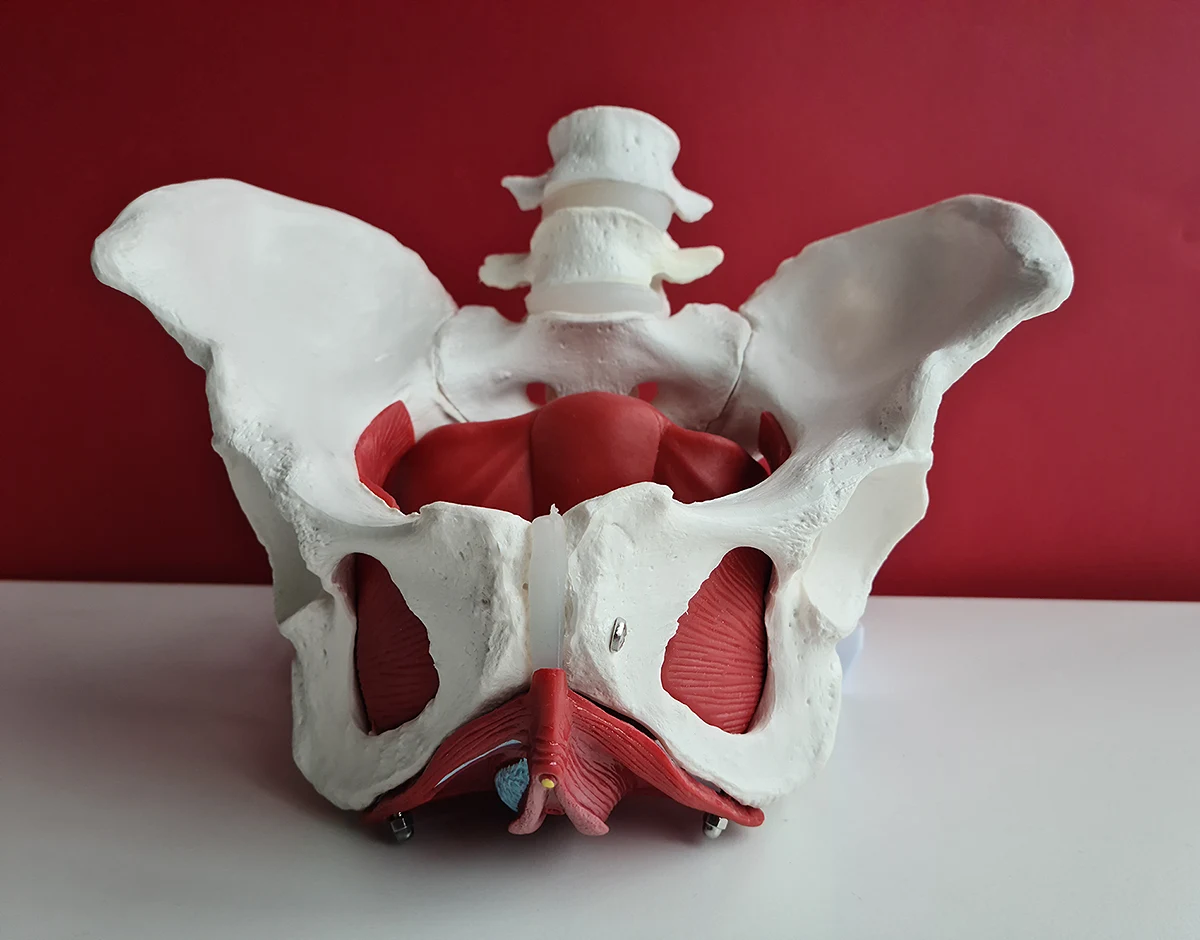

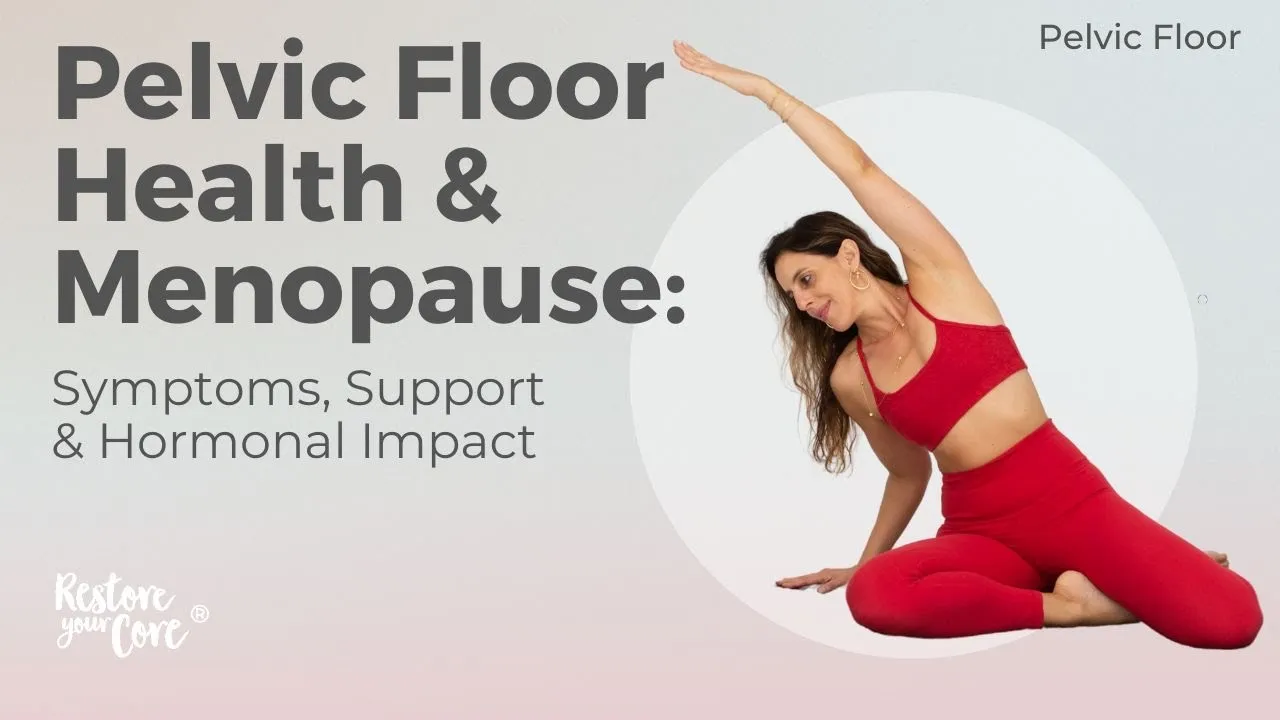
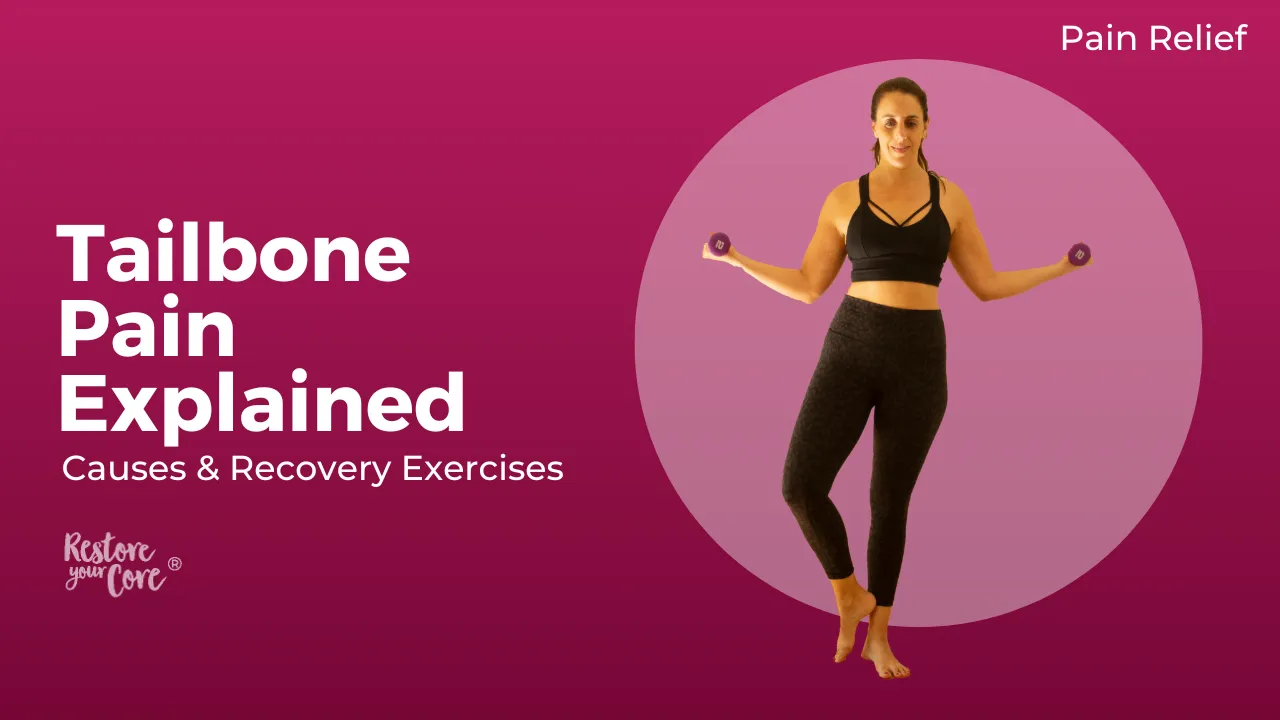

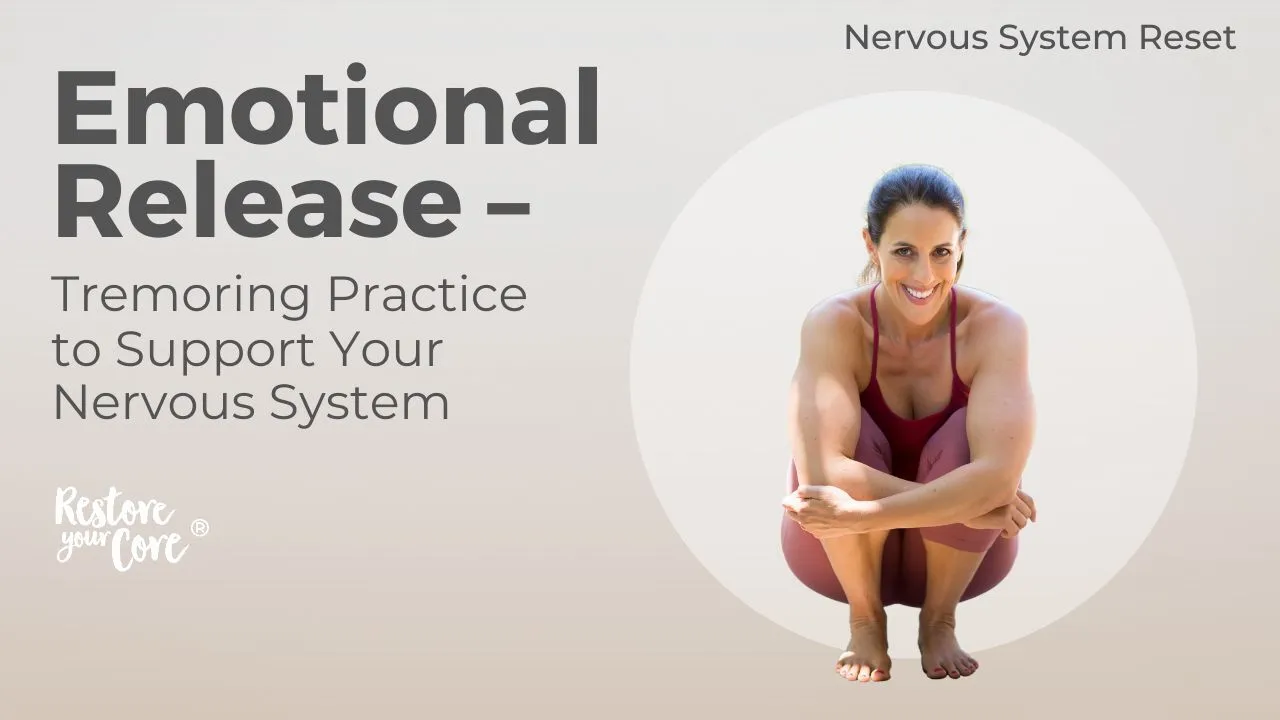
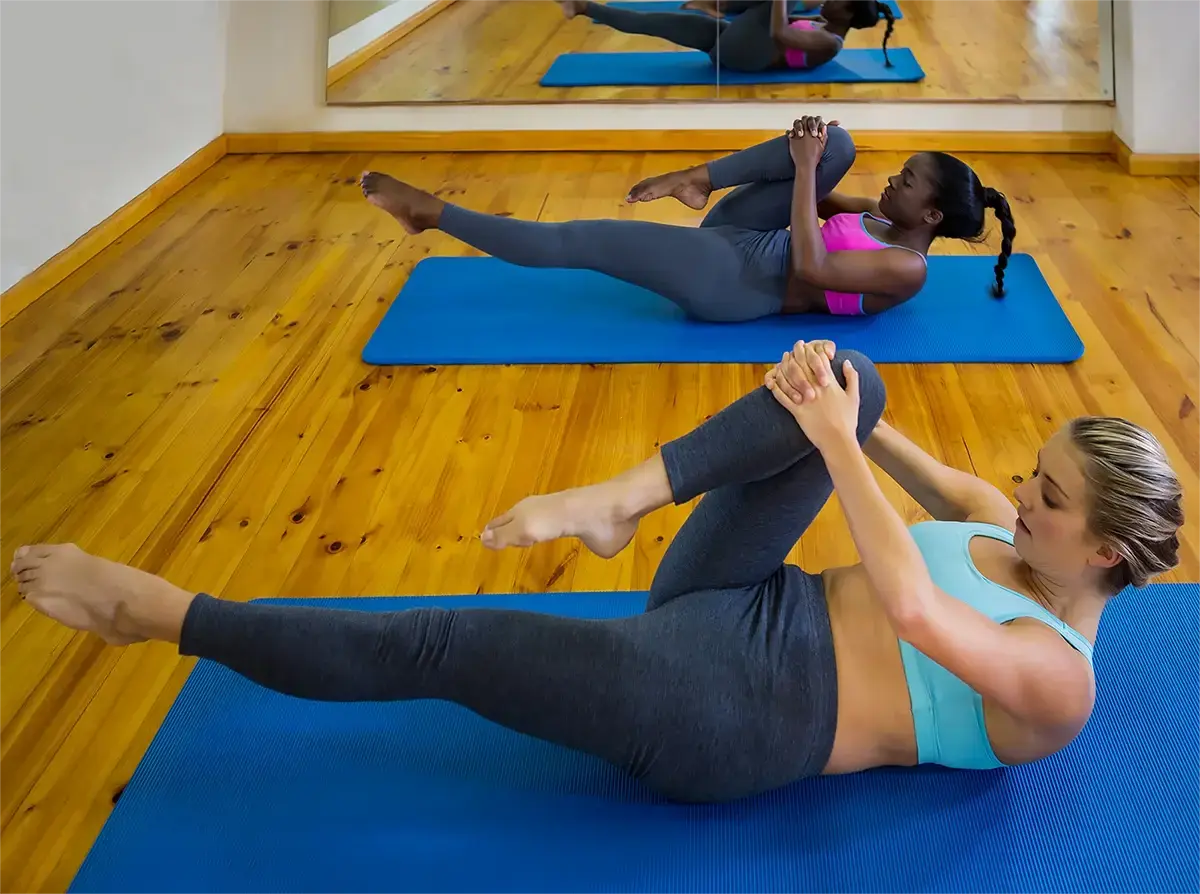
Pelvic floor dysfunction – it’s a buzz topic these days. But what is it, really? Do you pee a little when you sneeze? Are you frequently constipated or have a...
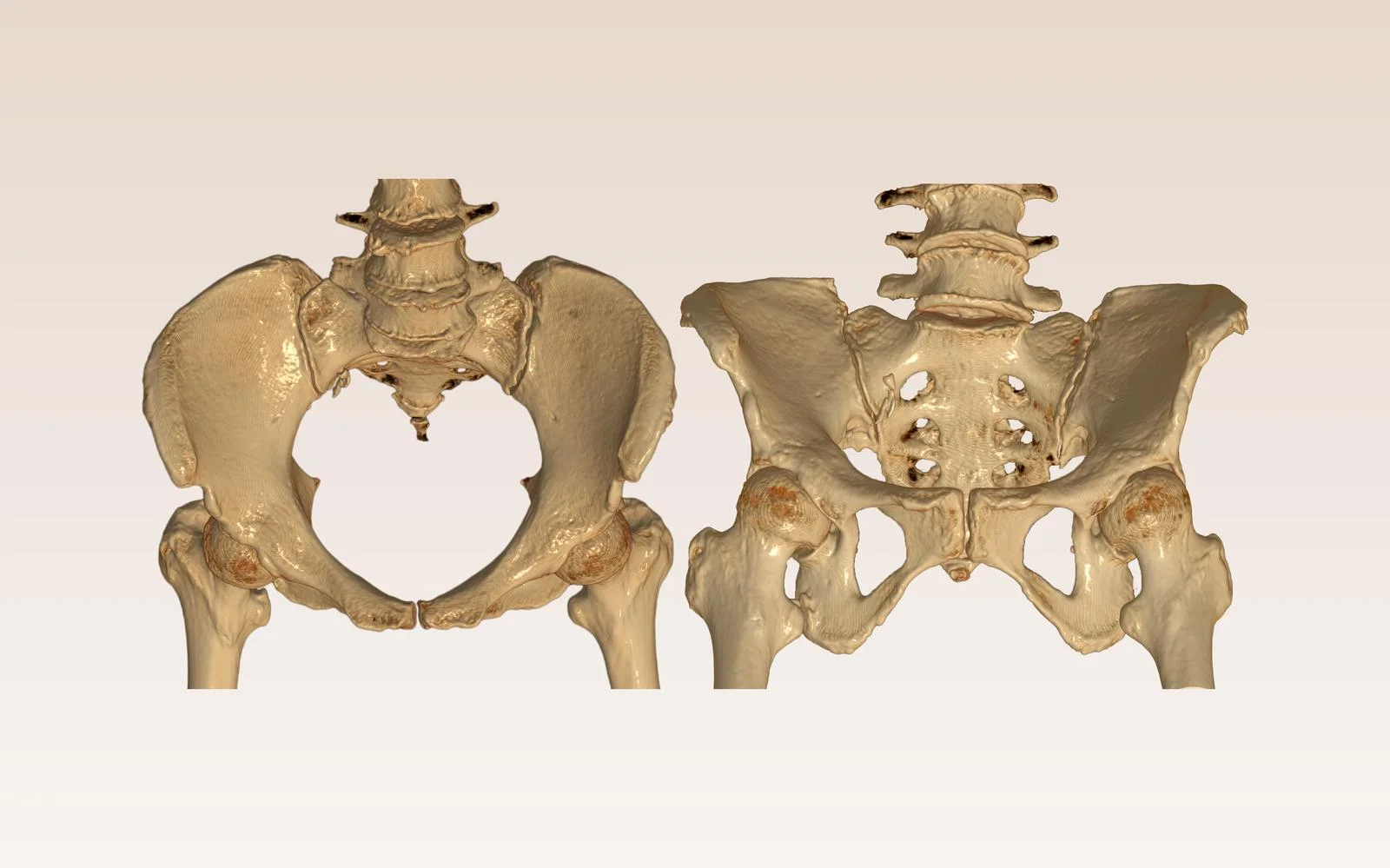
Does Sitting Hurt? You May Be Experiencing Coccyx Pain If you’re pregnant and experiencing pain in your butt when you sit, stand, and walk, your coccyx, more commonly referred to...
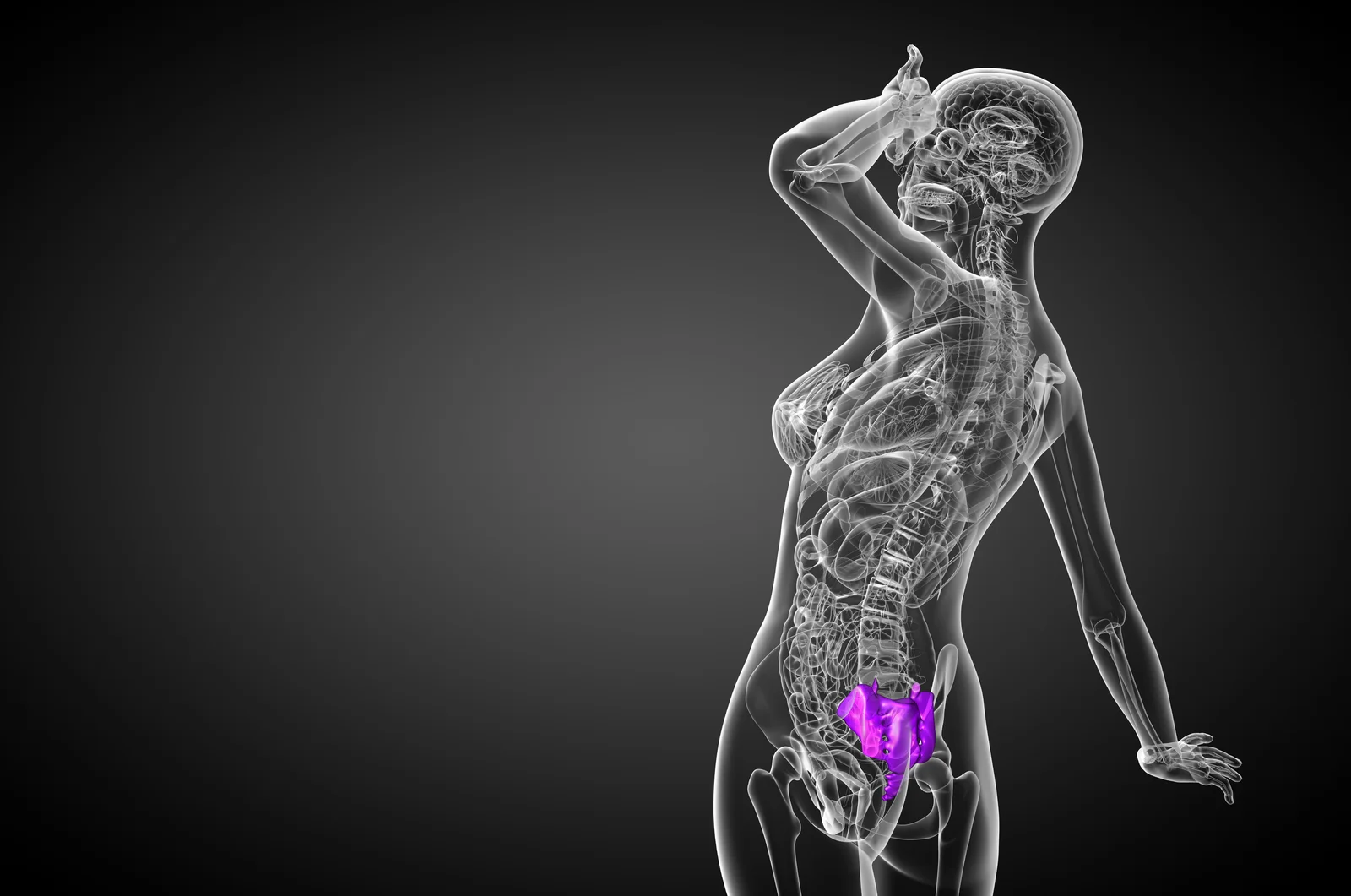
Coccyx Pain Relief is Possible Your coccyx–more commonly known as the tailbone–is tiny, but pain in this area can be intense and disruptive to daily life. This article will help...

Pilates is a method of exercise that has been around for nearly a century. Throughout the decades, it has appealed to people from all walks of life looking for an...

*No spam, just quality content and support
Please check your inbox soon.

Take 3 steps toward doing the things you love again postpartum
© 2025 RYC®. All rights reserved.
in this FREE video and get the support you deserve